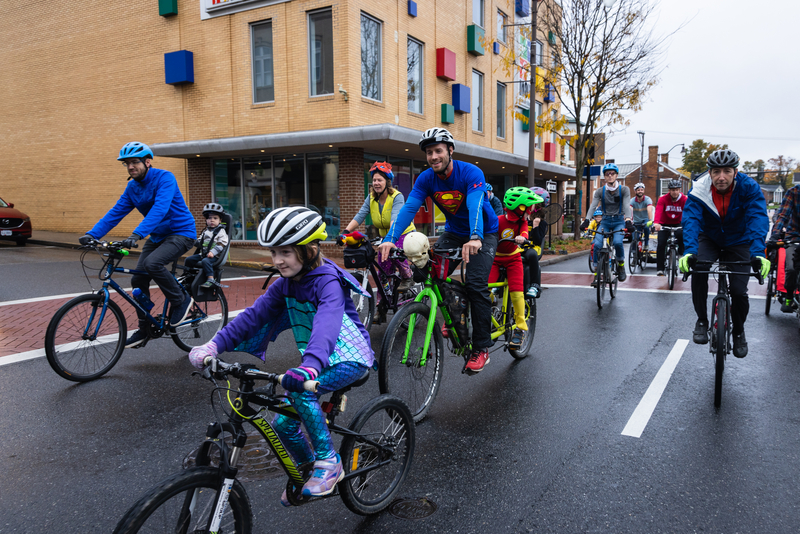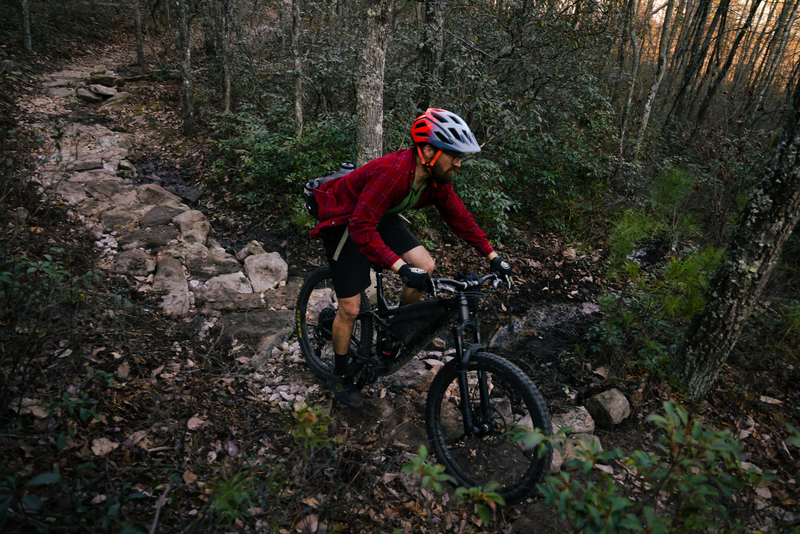Advocacy Win $93 Million for Trails
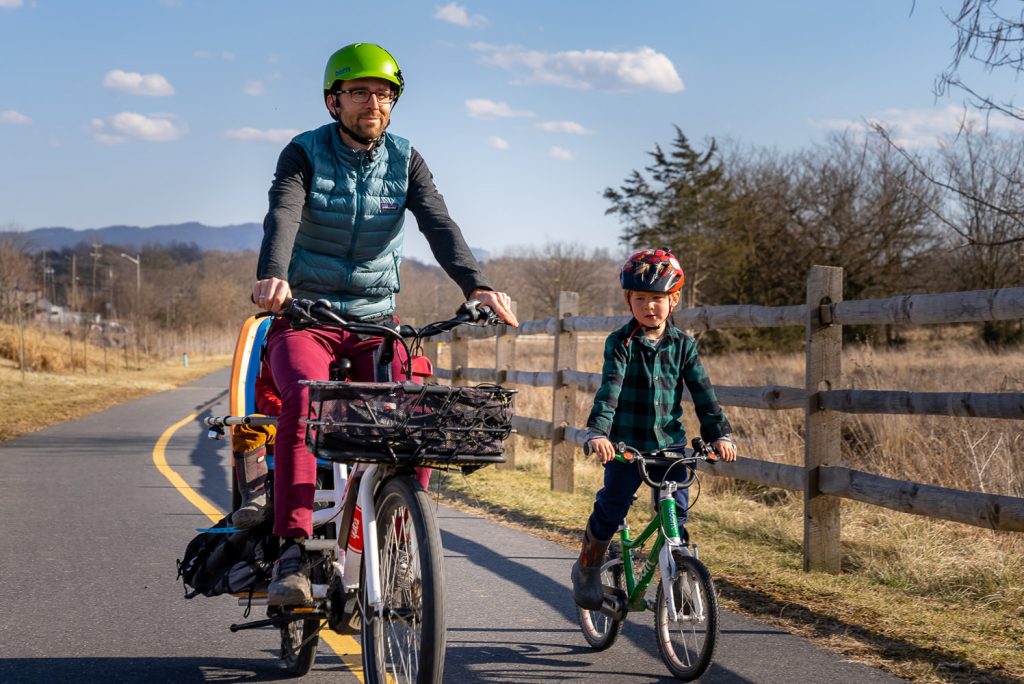
As we wrap up 2022, we are asking for your support to help us Spread Pixie Dust in the Valley and ensure everyone has access to safe accessible biking and walking. Can you help us reach our 2022 Pixie Dust goals by midnight on December 31? Please consider a donation to the Coalition
DonateHow a group in Virginia unlocked historic funding for trails
Originally posted on IMBA.com
The final installment in a three-part series on amplifying the collective voices of mountain bikers to influence policy.
In 2022 the General Assembly of Virginia allocated the largest pot of money for trails in the state’s history–$93 million.
Success of this magnitude was made possible by years of effort involving many partners and the right timing. The Shenandoah Valley Bicycle Coalition (SVBC) was privileged to play a role in a much larger Coalition across Virginia to make trail funding a reality.
Here are some things we learned along the way.
Join the big tents of state-level advocacy
Trail-based organizations across the US, including ourselves, are always looking for innovative ways to fund trails. In Virginia, SVBC has harnessed over $1 million in federal funds through the Recreational Trails Program (RTP) Grants to build and improve trails in our National Forest. While impactful, it has taken us 15 years of work, and we always know we could do more.
As an organization with only one staff member, our capacity is limited. We can’t always remain as present and engaged in our state capital as we would like. So how did we scale our success? By partnering with Virginia’s environmental, conservation, and active transportation organizations.
In this case, we joined the Virginia Trails Alliance, Our Virginia Outdoors, and the Virginia Conservation Network. Through these three umbrella organizations and significant help from the Virginia Bicycle Federation, a clear and specific ask was made to increase support for trails.
If your trail organization, no matter how small, wants to engage in state-level advocacy efforts, first find the organizations or coalitions that might be interested in working on similar issues. Your voice is made much stronger by statewide networks and organizations. These groups may even have dedicated staff in your state capital to work on these issues.
Working on a state level may mean you have to broaden your goals to suit the needs of various organizations. One of the emerging partnerships we are working with is Our Virginia Outdoors, a coalition of land trusts, trails advocates, Virginia Indian Tribes, and urban conservation groups advocating for dedicated funding for natural resources in Virginia. While trails are a part of this Coalition’s vision, they are only one component.
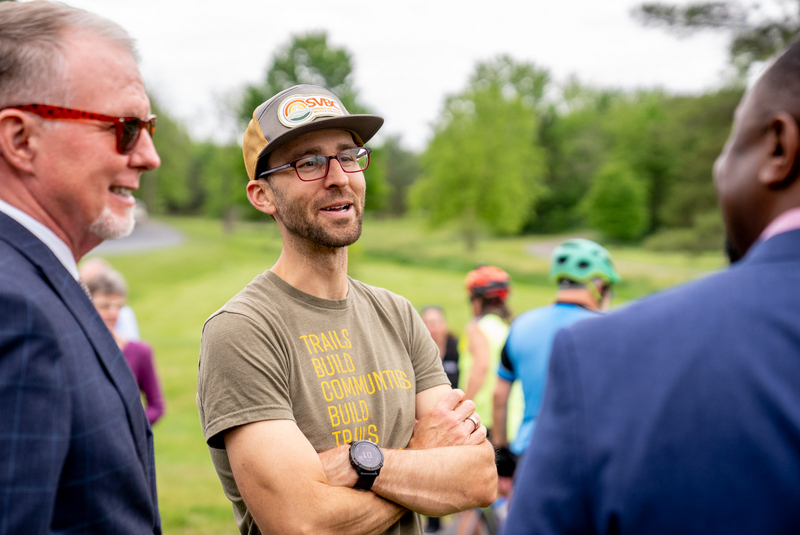
Make a specific ask and get the details right
You won’t get anywhere without sweating the details to make your ask as impactful as possible. Ideally, your ask is well-documented and consistent. It should also be well researched, solve a real identified problem, and backed up with data to convince decision makers.
Our ask was consistent: All Virginians must have equitable access to outdoor recreation and trails. This was backed up by a statewide outdoor study which found that 43 percent of Virginians ranked trails as the most needed recreational opportunity. Our partner, the Virginia Conservation Network, documented all this in an annual policy briefing.
Be patient. It may take many years to circulate and build momentum around a consistent ask before you gain traction on a state level. Timing is everything, especially if your state legislature only meets for a short portion of the year, like here in Virginia. Throughout the legislative season and in between, many organizations will need to work on keeping your demand on the radar of lawmakers and their staff.
We had an outgoing governor develop a budget to allocate a large surplus and, in some cases, fund new initiatives. Our funding ask of $41 million for trails became $233 million in the outgoing governor’s budget, only to make it out of the budget process and committees as $93 million. While more than double the initial ask, the funding was not dedicated and was split between two fiscal years.
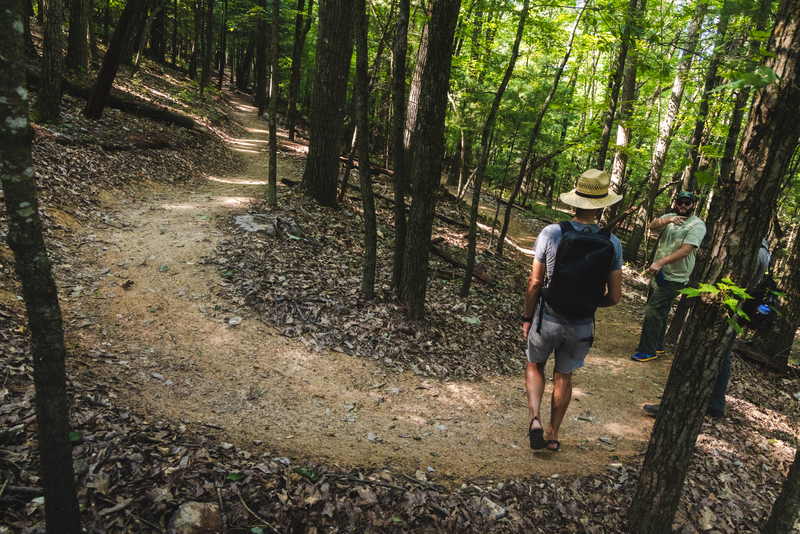
Build support for your project by supporting other projects
Living in a region with a wide range of challenging natural surface trails, we recognize the need for more accessible and beginner-focused trails. As funding allows, we have been slowly chipping away at this need a mile at a time. Then we heard about the possibility of the Shenandoah Rail Trail traveling nearly 50 miles through the Shenandoah Valley.
Rail Trails aren’t what most mountain bike advocates have in mind when thinking about a singletrack experience. Yet, involvement with this project has proven one of the most exciting and impactful projects our organization has tackled. The trail will one day connect to mountain bike trail systems in adjacent state and local parks and National Forest lands.
Organizing around support for the Shenandoah Rail Trail proved an invaluable connection to local governments and fellow nonprofits with deep relationships in the conservation community. Like state-level advocacy, marquee projects can unlock resources and capacity beyond what you thought possible.
Marquee projects with a broader regional focus are an easier avenue to engage state-level legislators. Suddenly, you are working in more districts, incorporating more towns, cities, and communities. You can build a larger coalition of supporters to work towards statewide goals with an eye toward direct benefits for your marquee project.
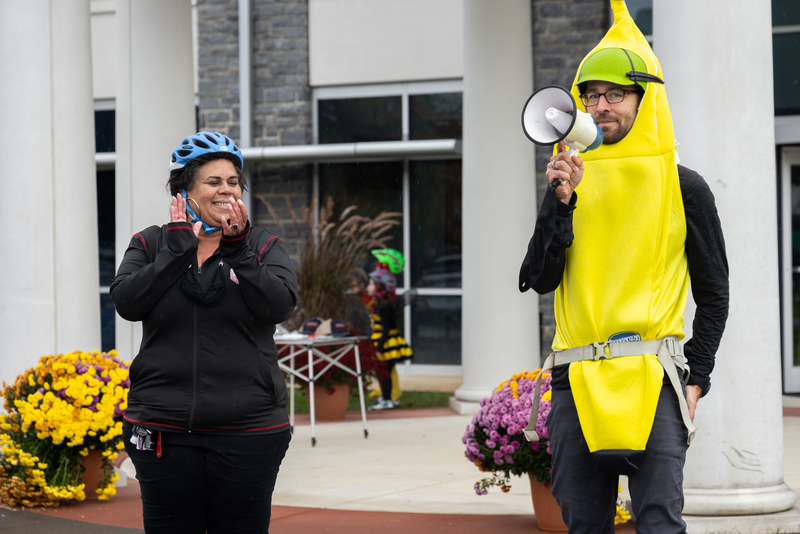
Find Trail Champions who make the magic happen
You will always be encouraging and looking for champions to help move any campaign forward. To succeed statewide, you will need a range of champions, from the perfectly connected local Mayor to the State Senator.
Finding and connecting with natural champions is far easier when you have a specific goal to rally around. For us it was the possibility of multiple long-distance trails across the Commonwealth connected to create strong pockets of advocates throughout the state, at a time when Virginians ranked trails as a much needed recreational necessity.
While much of the $93 million trail victory may go to transportation-focused trails, there were other successes.
Virginia is now developing an Office of Trails to help ease the administrative burden of working between and within two separate state agencies. This new office will allocate future trail funding through a competitive grant process and free up more resources to spend on natural surface singletrack.
